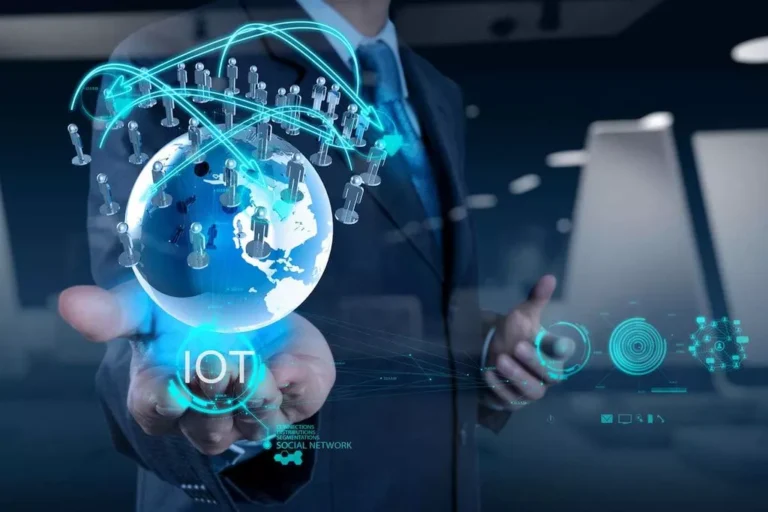Fog computing, however, excels in purposes like autonomous cars, smart cities, and industrial automation that decision for real-time analytics, minimal latency, and localized decision-making. Cloud computing and fog computing supply distinct sets of advantages that cater to totally different needs and necessities within the realm of computing applied sciences. Whereas these providers adhere to stringent security measures, considerations relating to information privateness and compliance regulations persist. Fog computing addresses these issues by keeping sensitive knowledge closer to its source, lowering the need for extensive information transfers and reliance on exterior information centers. Cloud computing and fog computing are two well-known ideas that have become efficient strategies for managing, processing, and storing information on the planet of pc technology.
An obvious challenge of fog computing is the preliminary cost for getting the infrastructure. This may also embrace the salaries of the staff fog computing vs cloud computing needed to design the system itself. As Quickly As carried out you will also must have maintenance staff to restore and substitute hardware and improve it over time.
Benefits Of Using Fog Computing For Companies
Edge computing is a distributed computing framework that permits localized data processing and analytics. It brings enterprise functions near data sources corresponding to native edge servers or IoT devices. Relying on particular person wants and the sort of purposes or providers being carried out, one could choose between cloud computing and fog computing. Large-scale processing, data-intensive operations, and situations where accessibility from wherever is crucial are all situations the place cloud computing excels. Cloud computing solutions usually contain data transmission to distant servers, which introduces latency due to the distance and network congestion.
Companies ought to compare cloud vs. fog computing to make essentially the most of the rising opportunities and harness the true potential of the technologies. Edge, fog, and cloud are crucial computing frameworks that may empower companies to thrive in today’s superior technological ecosystem. This weblog covers quite a few topics on industrial automation such as operations & administration, continuous & batch processing, connectivity, manufacturing & machine control, and Business https://www.globalcloudteam.com/ four.0. Fog computing is designed to work with a wide range of units, together with sensors, cameras, and different IoT devices. This makes it a super answer for organizations with diverse hardware necessities. Nonetheless, cloud computing stays in style due to its greater flexibility and increases scalability, making it ideal for a wide range of use instances.

The remote processing and storage of information in data centers require steady network entry. Any disruption in connectivity can lead to delays or short-term loss of access to computing sources and information, which is usually a important disadvantage for purposes that demand real-time access and processing. In fog computing, intermediate nodes often referred to as fog nodes are situated throughout the native space network. These nodes can include something from industrial controllers, network gateways, and connected units, to more traditional computing sources. They preprocess, scale back, and analyze information regionally, sending solely the mandatory data to the cloud or central data facilities for additional processing or long-term storage.
Episode 2: Pluggable Optics And The Internet For The Long Run
- With Heavy.AI, you can quickly practice and deploy your custom models or use one of the many pre-trained fashions available within the Heavy.AI marketplace.
- The primary distinction between the three computing frameworks is their data processing location.
- Self-driving cars must course of sensor knowledge and make decisions instantly to navigate safely.
- Anyone might rent entry to every little thing from apps to storage from a cloud service supplier without owning any computing hardware or knowledge facilities.
- Fog computing, then again, excels in applications like autonomous automobiles, sensible cities, and industrial automation that decision for real-time analytics, minimal latency, and localized decision-making.
An illustrative example of edge computing’s practical utility is found in healthcare monitoring systems. Wearable gadgets similar to smartwatches and fitness bands acquire an enormous quantity of knowledge together with coronary heart price, exercise ranges, and sleep patterns instantly from individuals Software Сonfiguration Management. As A Substitute of sending all this data to a centralized cloud server for analysis, edge computing permits for the information to be processed locally on the device itself or on a close-by computing platform. This capability not solely enhances the efficiency and responsiveness of health interventions but additionally ensures person privacy by minimizing the amount of private data transmitted over networks. This type of fog computing relies on the computing energy of servers located in the fog layer to process and analyze data. Server-based fog computing is ideal for functions that require more computing energy than edge devices can present.
Both fog and edge computing scale to meet the needs of huge and sophisticated systems. They provide additional compute resources and companies to edge units, which allows organizations to course of more information in real-time. Edge computing is a computing architecture that aims to convey computing closer to the source of information. It relies on the thought of processing knowledge at the fringe of the network, as opposed to in the cloud or in a centralized data center. The concept behind edge computing is to reduce the quantity of information that must be despatched to the cloud or a central server for processing, thereby reducing community latency and improving total system performance. This distributed mannequin presents several advantages, including decreased latency and sooner data retrieval.
Typically this knowledge is in distant areas, so processing close to the place its created is essential. For occasion, in purposes like IoT (Internet of Things), fog computing enables stakeholders to perform real-time data analysis on the device level. We will examine some great benefits of both cloud computing and fog computing in this part. We will look at the advantages of scalability, affordability, and accessibility for cloud computing. This helps to ensure that data processing and evaluation can proceed even if some units or servers fail. Fog and edge computing may be less expensive than conventional cloud computing as a result of they cut back the quantity of information that must be transmitted to the cloud.

Larger up the stack fog computing architectures would additionally contact core networks and routers and eventually international cloud providers and servers. Fog computing resolves this problem by enabling native data processing on the network edge, considerably decreasing latency and optimizing bandwidth utilization. This capability is crucial for time-sensitive functions like autonomous vehicles, industrial automation, and Internet of Things (IoT) deployments. Fog computing is used in Internet of Things (IoT) applications to course of knowledge where it’s generated rather than in a centralized information middle or cloud. By bringing processing and storage closer to the sting of the community, fog computing can improve performance and reduce latency for IoT purposes. On one hand, cloud computing is highly depending on having a powerful and reliable core community.
Understanding these variations is important for navigating the technology setting and choosing the technique that most intently fits a given set of requirements and objectives. The nuances of cloud computing and fog computing will be completely mentioned in this section, along with their distinctive features and distinguishing qualities. The nuances of these two paradigms will be mentioned on this essay, together with every one’s unique strengths and best functions. By the end, readers may have a strong understanding of both cloud computing and fog computing, enabling them to pick the strategy that most intently matches their requirements and targets.
It utilizes the local somewhat than distant laptop sources, making the performance extra efficient and powerful and reducing bandwidth issues. In the field of the Internet of Things, the most important thing is cloud computing. To give extra sharpness to the event of sensible and superior IoT units, fog computing and edge computing comes to work together with cloud computing.
